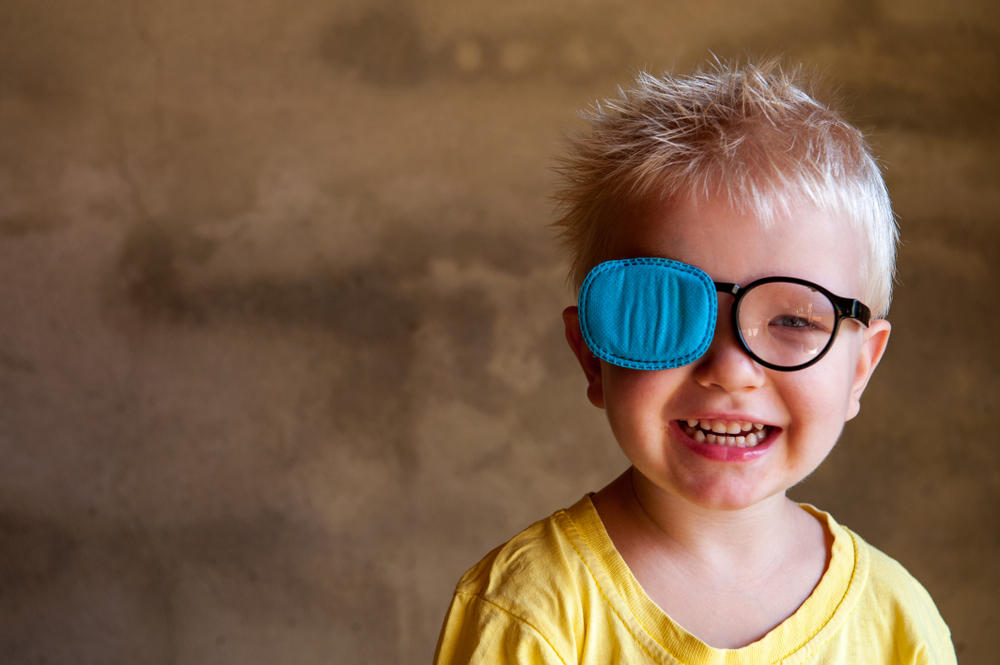
Some children may experience eye conditions at a very young age. The American Association for Ophthalmology and Strabismus states that correcting these issues is crucial for the child’s formative years. Studies show that 80% of what you learn needs good eyesight. That is why catching eye issues in kids is important. Here are the six common pediatric eye conditions and how they can be corrected.
1. Double Vision
Diplopia or double vision occurs because the eyes are not aligned. This causes the child to produce two images from one object. The object could double in a diagonal, horizontal, or vertical way. Many conditions may cause double vision. Your eye doctor must assess it when it starts. The treatment for this condition is prism glasses.
2. Refractive Errors
Children can experience astigmatism, nearsightedness, or farsightedness. These refractive errors are common in adults and children. The abnormalities in the eye surface prevent the proper focusing of light in the retina. Your eye doctor can prescribe corrective glasses to correct these errors.
3. Amblyopia
This condition is also called lazy eye. Normal vision does not develop in one or both eyes because of different factors. The weakness in the affected eye can lead to lasting vision issues. Early detection can lead to the early treatment of this condition. Amblyopia often responds well to treatment. Patching, eyeglasses, and eyedrops often work well.
4. Pediatric Cataract
A cataract is described as a cloudiness of your natural lens. It can interfere with the light passing to your retina. A child can experience blurry vision. Cataract often happens in older adults. However, in some cases, this eye condition can occur during childhood or even at birth. Detecting pediatric cataracts early can give babies and young kids good vision during their formative years.
Pediatric cataracts can obstruct vision. This will need surgical correction. The procedure can give your child a good start in life. Later on, your child will need contact lenses, eyeglasses, or bifocals. Eye-patching can be a form of treatment as well where either the whole eye or parts of the lenses are covered. Studies show that pediatric cataracts can lead to strabismus and lazy eye. You may want to talk to your eye doctor about the next steps in your child’s vision treatments.
5. Childhood Tearing or Epiphora
This is the term for the excessive production of tears. Doctors often note this condition right after birth. Some children have it later on. If it happens during infancy, the tear drainage system has a blockage. It often improves by itself when the child reaches six to 12 months old. Treating this condition includes eye drops and tear sac massage. The doctor will probe the drainage system through surgery if the tearing persists.
6. Cross Eyes or Strabismus
This is the misalignment of the eyes. One eye may turn outward, inward, downward, or upward. Strabismus in kids may develop in lazy eye. It may also lead to permanent vision loss if your child does not get immediate treatment.
Double vision is a common accompaniment of this eye condition in children and adults. The treatment will depend on the cause and type of strabismus. This can sometimes include eye-patching, eyeglasses, or prism glasses. Surgery or Botox injections may also be an option.
Understanding the common pediatric eye conditions and their treatments can help your child get the right treatment right away. At Holistic Vision, we help our patients achieve good eye health with our quality products and services. Feel free to visit our clinic in Jenkintown, Pennsylvania, for an in-person consultation. You can also reach us by dialing 267-500-9600 if you want to set an appointment or ask about our pediatric eye treatment packages.








